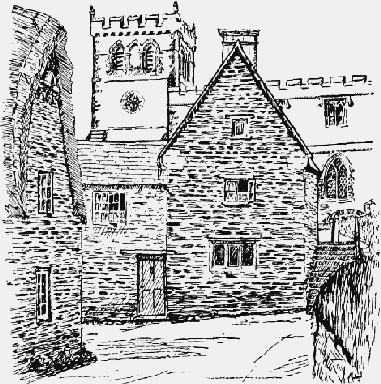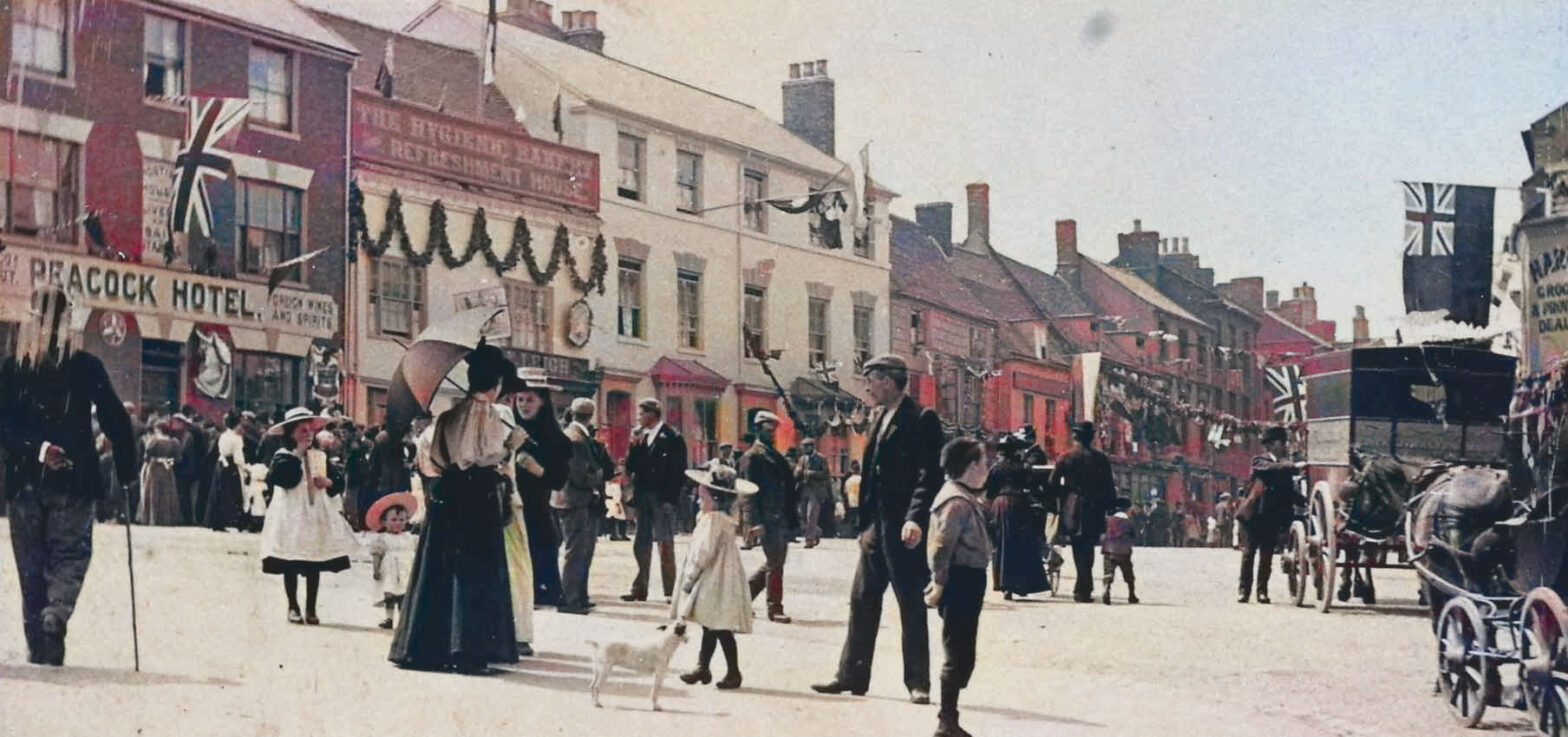Mears Ashby Hall – built by Thomas Clendon


This particular line of the Clendon family traces back to Welling borough in Northamptonshire. Mears Ashby Hall was built in 1637 on the south side of the Mears Ashby village and is a picturesque gabled house of three stories erected in 1637 by Thomas Clendon, This house is featured on the home page of this site.
The house was enlarged about 1720 on the west side, but the buildings then erected were pulled down in 1859 and rebuilt on a more extensive scale in harmony with the old work. The original lay-out of the grounds, with terrace and fish-ponds, remains on the west side, and the stables are dated 1647. To the east, on high ground, is a rectangular dove-cote probably contemporary with the house, but a two-story garden pavilion, with pyramidal tiled roof, formerly overlooking a bowling-green, is of 18th-century date. To this period also belongs the pedestal sun-dial (fn. 5) in front of the house.View Details
Mears Ashby Village
The village and indeed the manor house are described in this current parish site.
https://www.mearsashbyparishcouncil.com/the-village
The medieval church is worth a mention at this point:
Church

Church
https://www.british-history.ac.uk/vch/northants/vol4/pp129-132
A typical medieval village church, All Saints, stands on high ground in a central position. It’s nave, chancel, aisles, porch and tower were built in stages between the 12th and 15th centuries. An extensive restoration was carried out in the mid 19th century, when the vestry was added, and a 14th century painting, or ‘doom’, was found under plaster probably put on in the reign of Henry VIII. This painting has been restored and preserved. The church also boasts a rare Viking Cross Wheel window and the beautiful stone font on the south side also dates from the 12th century. The church has a good organ, a peal of six bells, a mixed choir and a warm welcome for visitors.

Change this Subheading
Northamptonshire Map

Note Wellingborough is roughly in the middle right to the left of the “P” in P of Bedfordshire.
Starting with the Rev Thomas Clendon there was a move from Northamptonshire to Leicesteshire and then Kent.